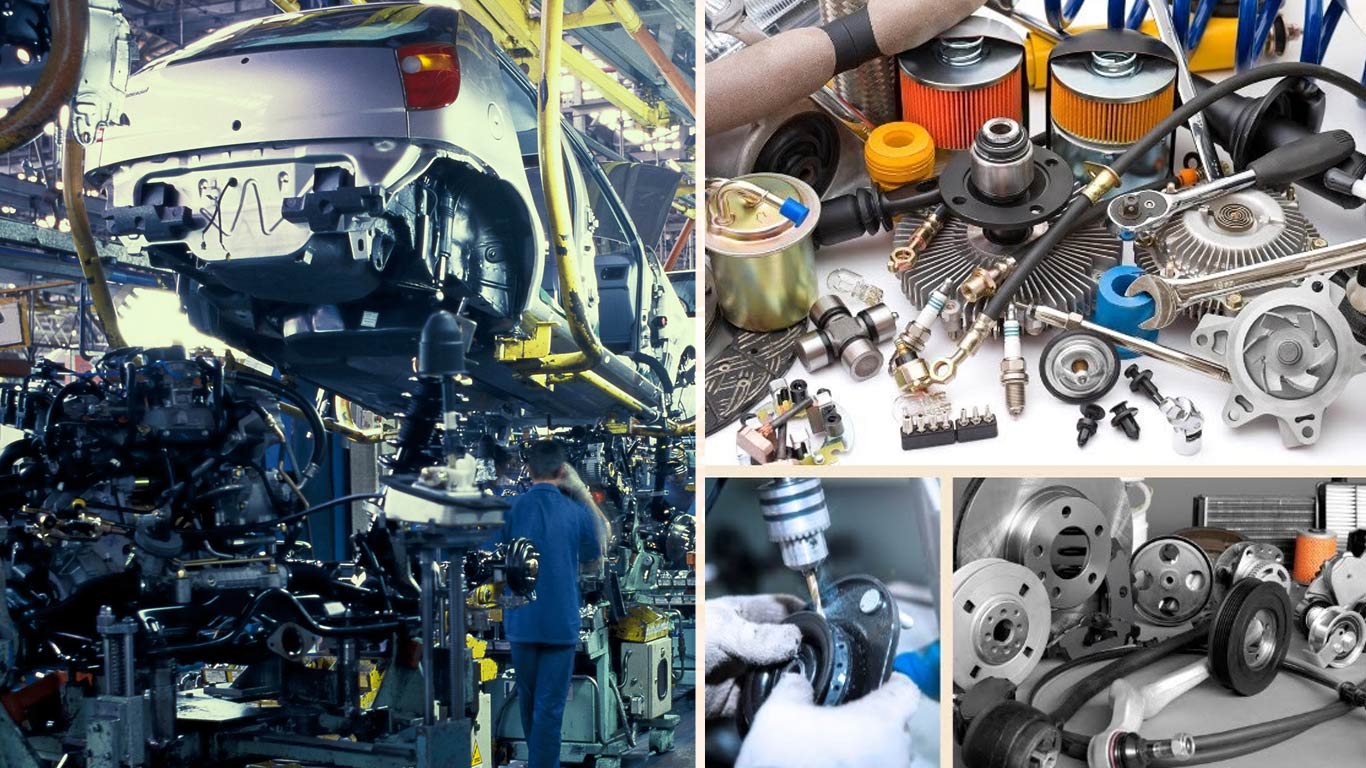The auto-parts industry continues to navigate a shifting terrain shaped by geopolitical tensions, trade realignments, digital transformation, and resilient demand—fueling both uncertainty and adaptation across global supply chains.
1. U.S.–Japan Tariff Reduction Offers Relief
A major development came on September 5, 2025, when the U.S. government announced tariffs on Japanese automobiles and parts were cut from 25% to 15%, effective retroactively from August 7. This deal, tied to a Japanese commitment of $550 billion in U.S. infrastructure investment, signals a measure of stability in transpacific trade—especially significant for parts manufacturers dependent on Japanese components.
2. Rare Earth Mineral Shortages Disrupting Supply Chains
Meanwhile, European auto suppliers face mounting pressure as China’s export restrictions on rare-earth minerals and magnets hamper electric motor production. With only about 25% of export license requests approved, several component lines have halted production, spotlighting the fragility of critical material access .
3. India’s Parts Industry Reconsiders Strategy Amid Tariff Surge
In response to newly imposed 50% U.S. tariffs on Indian auto part exports, importers in India’s auto-component sector are exploring offshore manufacturing and diversification strategies to maintain competitiveness amid rising trade barriers.
4. EU Seeks ‘Local Content’ Quotas to Support Suppliers
At the IAA Auto Show in Munich, Valeo’s CEO Christophe Perillat proposed an ambitious 80% minimum EU content requirement for cars sold in the region. This measure aims to bolster regional sovereignty in the face of EV transition costs, Chinese competition, and tariff volatility.
5. EV Demand Soars Despite Supply Pressures
Auto sales in the U.S. held strong in August 2025, with volumes around 1.43 million units, buoyed by a wave of consumer interest in EVs ahead of the September 30 expiration of the $7,500 federal tax credit.
6. Jaguar Land Rover Grapples with Cyber-Attack Fallout
In early September, Jaguar Land Rover suffered a crippling cyber-attack attributed to the “Scattered Spider” group, disrupting production across multiple countries and immobilizing access to critical parts databases. Recovery efforts are underway, with the impact likely stretching into October.
Why This Matters
-
Global Trade Realignment: The U.S.–Japan tariff cuts and EU content proposals represent a tectonic shift toward regional resilience and strategic supply chain localization.
-
Critical Material Risk: Dependence on rare earth supplies remains a major vulnerability—manufacturers must explore alternative sources or material technologies.
-
Digital & Cyber Risk: Cybersecurity has moved from operational risk to business-critical priority, as seen in JLR’s widespread disruptions.
-
Sustained EV Momentum: Demand for electric vehicles remains powerful, even amid supply constraints, reinforcing the urgency for parts suppliers to pivot toward EV-related components.
Summary Table
| Trend/Event | Key Insight |
|---|---|
| U.S.–Japan Tariff Relief | Unlocked smoother trade flow and confidence in parts sourcing |
| Rare Earth Export Restrictions | Risk of EV motor component shortages due to limited supply |
| India’s Export Strategy Pivot | Tariff shock pushes offshore expansion and diversification |
| EU Content Quotas Proposed | Bolstering regional supply chains amid EV and trade challenges |
| EV Sales Momentum | Growth driven by expiring incentives underlies parts demand |
| Cyber-Attack at JLR | Digital resilience now critical amid supply chain disruptions |
Let me know if you’d like to dive deeper into any of these topics—such as alternative rare-earth sourcing, cyber-resilience strategies, or regional supply chain planning.
Post time: Sep-11-2025







